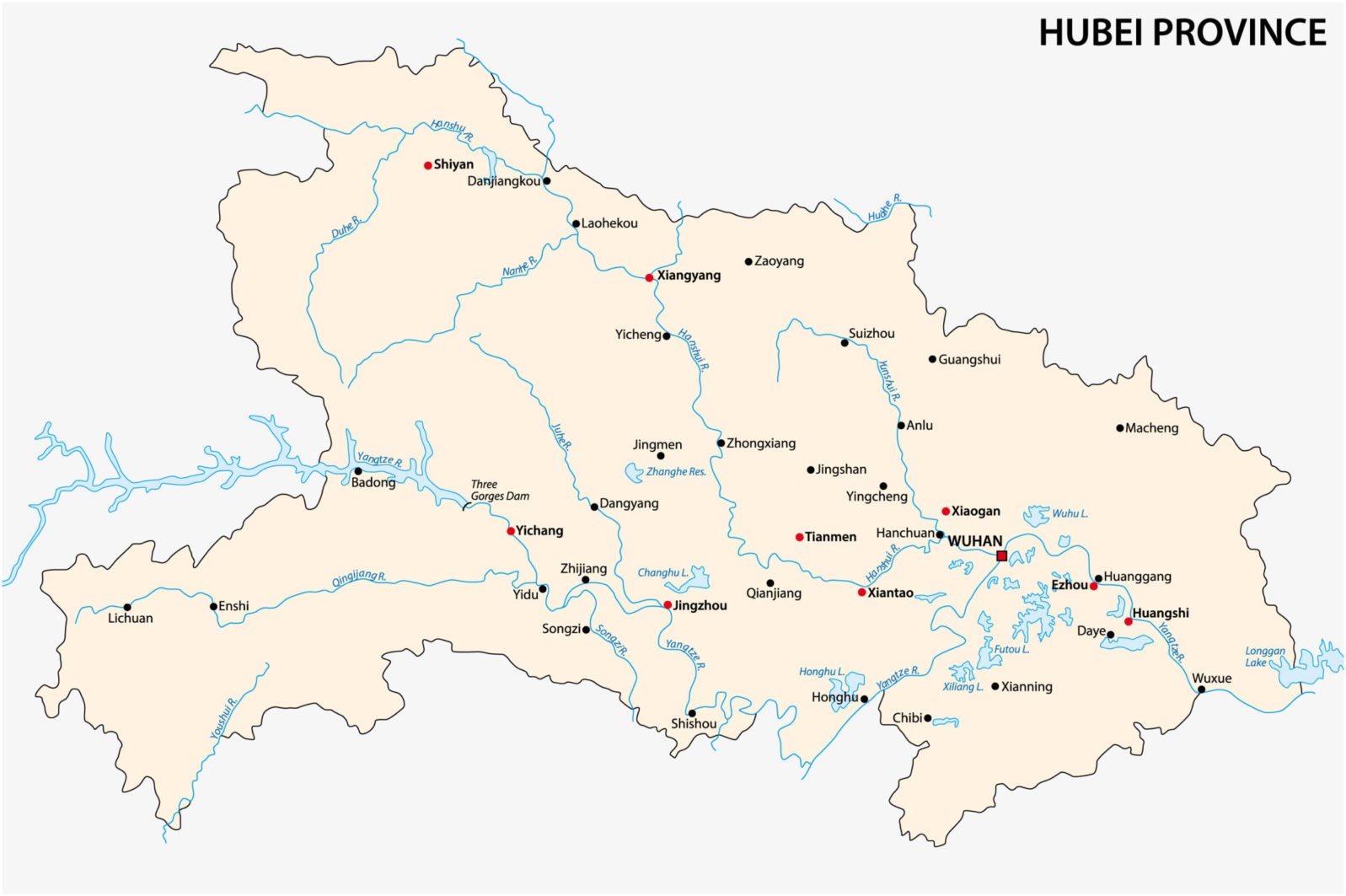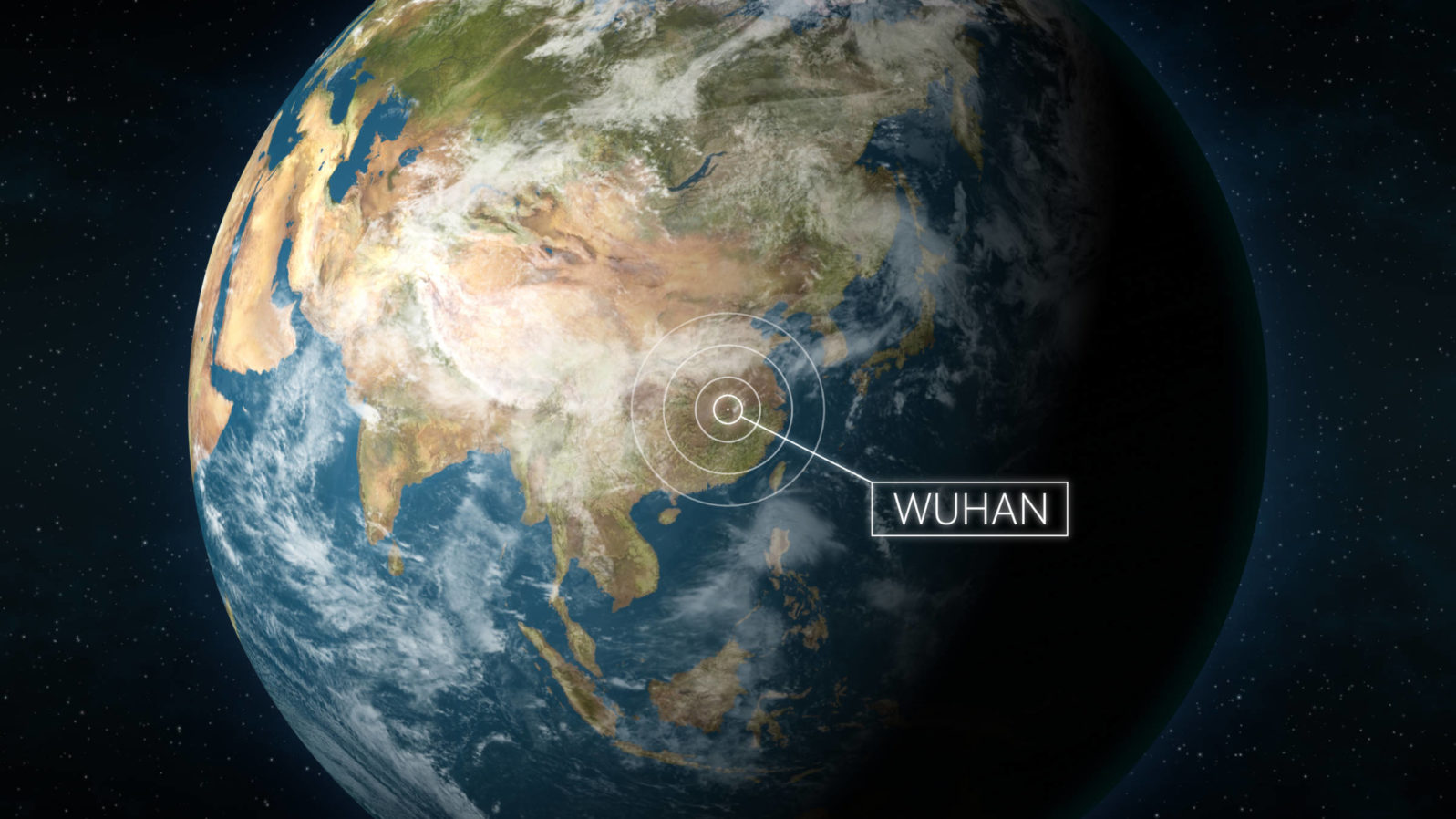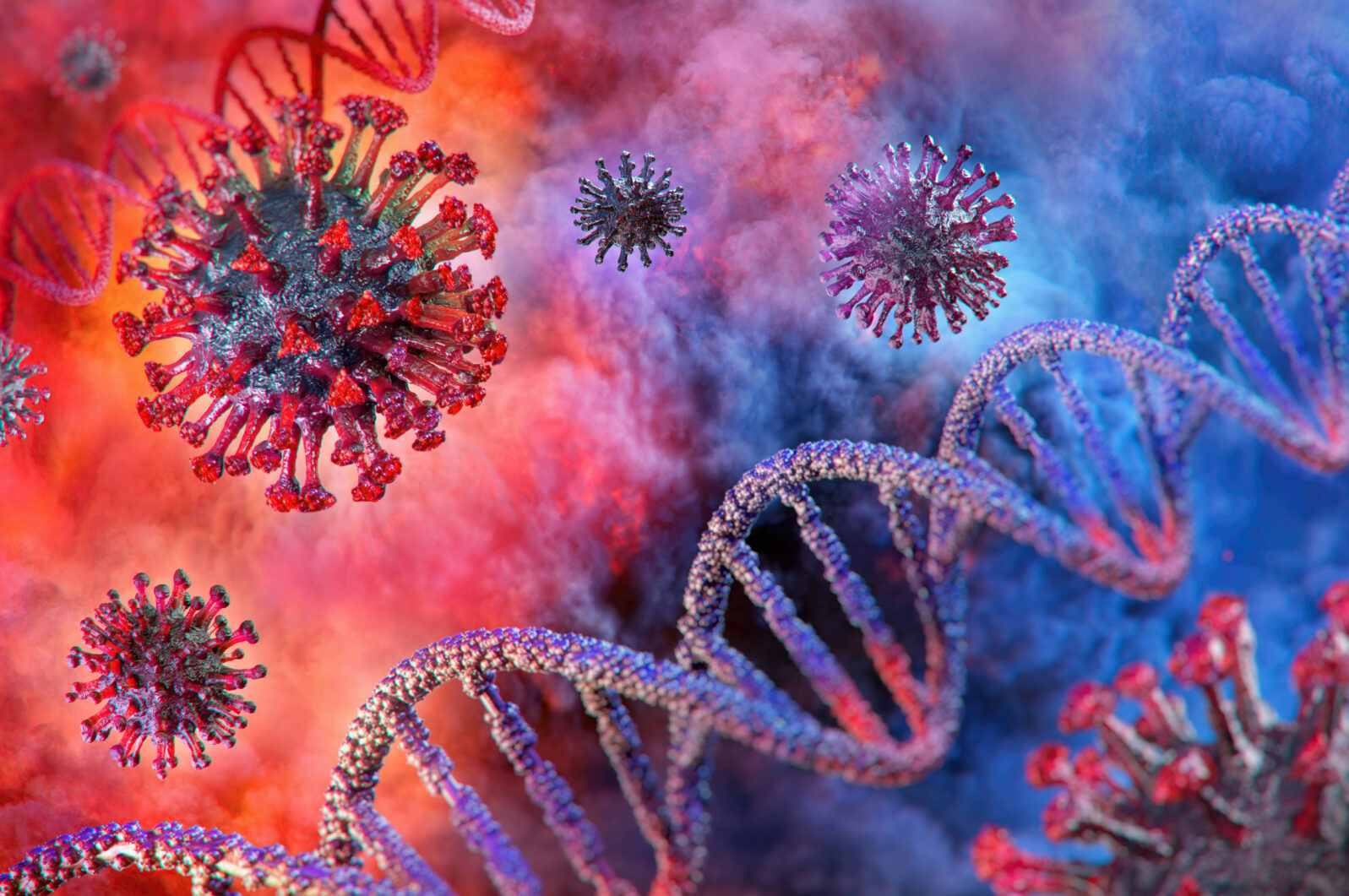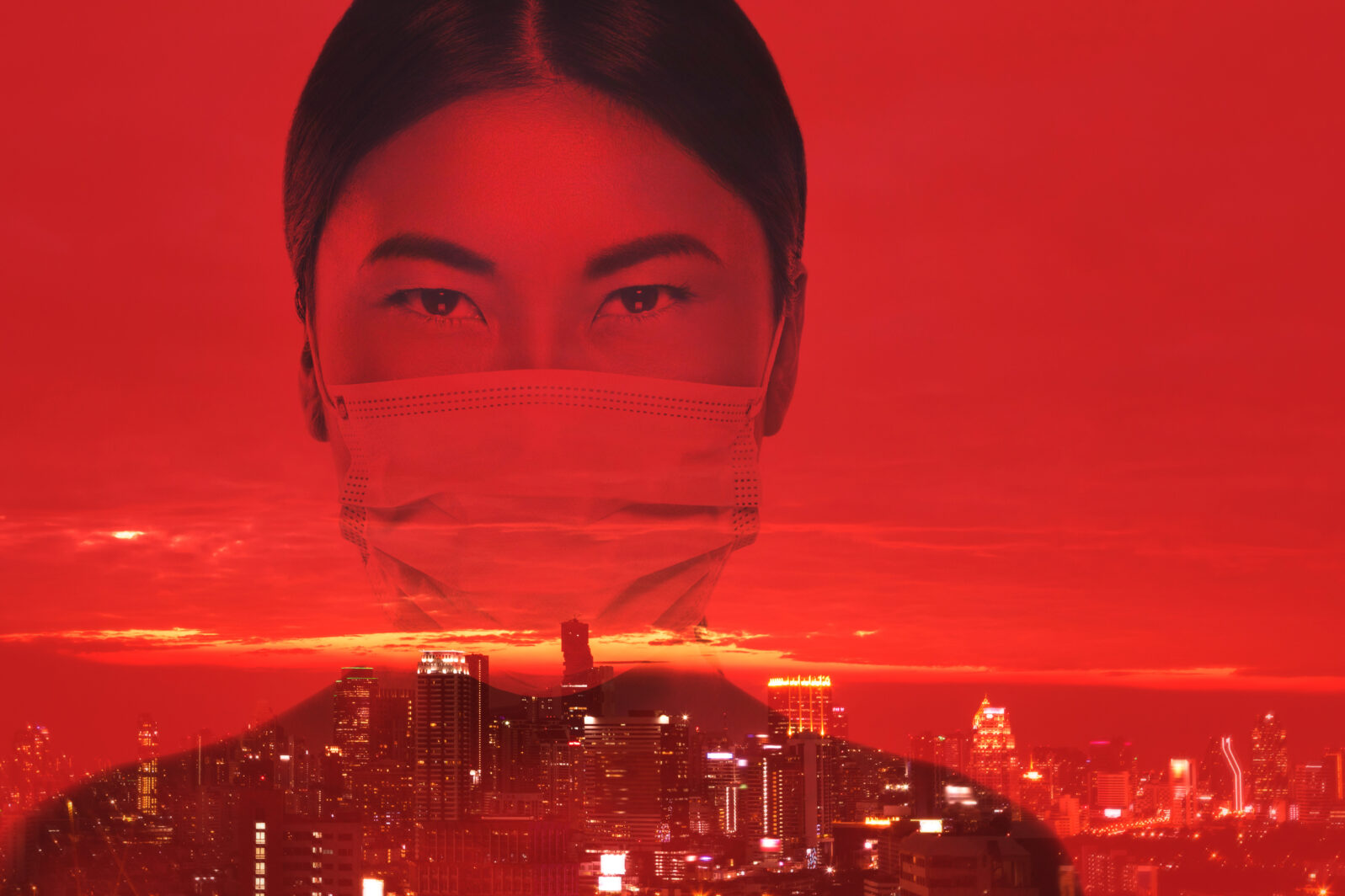Was the WHO Investigation of COVID-19’s Origin Thwarted by China?
The World Health Organization team was not really allowed to conduct a proper investigation in ChinaOn January 14, 2021, an international team from the World Health Organization (WHO) landed in Wuhan in Hubei province in China to investigate the origins of the SARS-CoV-2 virus which causes COVID-19.
From the outset, the investigation was plagued with three issues:
1) It ‘s been a year since the outbreak in Wuhan, which makes an investigation into the origins of the outbreak difficult.
2) WHO has catered to the Chinese government since the beginning of the pandemic, and
3) the scientists involved in the investigation had to be approved by Beijing. Two of them had conflicts of interest.

When the WHO team arrived, they faced additional barriers to a thorough investigation. They were quarantined for two weeks so they had only two weeks to conduct interviews with scientists, early patients or their families, and investigate the Huanan Seafood Market. Additionally, the team was under strict observation by the Chinese government and was not permitted to view the raw data from the first 174 cases of Covid-19.
These restrictions only came to light after the WHO team’s glowing press conference in Wuhan, which reiterated Beijing’s preferred talking points regarding the origins of the coronavirus.
What are China’s preferred talking points re the origin of SARS-CoV-2?
During the press conference, Peter Ben Embarek, the team lead for the WHO international team, said that the lab-leak hypothesis — that a pathogen was accidentally released from the Wuhan Institute of Virology — “was extremely unlikely.” He said that the possibility of a leak from the BSL-4 laboratory that studied bat coronaviruses was so improbable that it does not merit further investigation. Instead, he says the virus likely jumped from bats to an intermediate animal and then to humans. He also said transmission from imported frozen meat is a possibility.
His contention goes against everything scientists have learned about SARS-CoV-2 over the past year and the behavior of respiratory viruses in general. The Centers for Disease Control (CDC), which tracks the spread of viruses, has reiterated that the coronavirus does not spread via food handling. But the Chinese government has touted this origin claim in its latest attempt to shift the origin of the pandemic to some other country.
The science journal Nature appears willing to entertain the notion that the virus could spread from contaminated frozen foods, citing pre-print studies, waffling between “it is possible” and “it is unlikely.” This would mean that the virus behaves differently in China than in other countries, whose studies indicate that Covid-19 does not spread via contaminated food surfaces.
Additionally, at the same press conference, the WHO team said that they did not find evidence of an outbreak any earlier than late December 2019:
We haven’t been able to fully do the research, but there is no indication there were clusters before what we saw happen in the later part of December in Wuhan,” Liang [Wannian, head of the Covid-19 expert panel for China’s National Health Commission] said.
Emily Wang Fujiyama, “WHO team: Coronavirus unlikely to have leaked from China lab” at AP (February 9, 2021)
This would prove to be patently false, as we shall see.
Finally, when asked if the Chinese scientists and government officials allowed them to see everything they needed to see, initially, the WHO team said the Chinese scientists and officials have been more cooperative than expected. Dr. Peter Daszak maintained this position, but others on the team told a different story once they were out of Wuhan.
In Later Interviews, Investigators Told a Different Story
A couple of weeks later, however, several of the WHO investigators, backtracked on several of the statements in the Wuhan Press conference. This came after Tedros Ghebreyesus, director-general of the WHO, clarified that “All hypotheses remain open and require further study” and “The expert team is still working on its final report.”
In an interview with Science Magazine, Embarek backtracked on his statements that it is very unlikely that a lab leak happened:
Let me be clear on this: The fact that we assessed this hypothesis as extremely unlikely doesn’t mean it’s ruled out… We also state in the report that all these hypothesis assessments will be reviewed on a regular basis. We may pick that one up again if new evidence comes up to make it more likely. It’s work in progress.”
Kai Kupferschmidt, “ ’Politics was always in the room.’ WHO mission chief reflects on China trip seeking COVID-19’s origin” at Science (February 14, 2021)
Embarek also clarified his statements on frozen meat in his interview with Science Magazine. He said that the Chinese found viral particles on frozen carcasses but, as Embarek points out, “[T]hat’s happening in 2020, at a time where the virus is widely circulating in the world, where there are multiple outbreaks in food factories around the world.” He went on to say that such transmission is extremely rare. China’s few dozen instances of viral particles on food surfaces emerged from over one million samples. He added, “It’s potentially possible, so it’s worth exploring. But we have to separate the situation in 2020 with imported goods in China, and the situation in 2019, where that was not a possible route of introduction. There were no widespread outbreaks of COVID-19 in food factories around the world.”

The interviewer for Science, Kai Kupferschmidt, pointed out to Embarek that most people heard his statements on the lab-leak theory and the frozen foods at the conference differently from the way he was stating it in their interview. People had heard that the lab leak theory is ruled out and that frozen imported foods is a possibility. An opinion piece by former U.S. Food and Drug Administration commissioner Scott Gottlieb sheds some light. He told the Wall Street Journal, “Reporting has suggested that China required the WHO to agree it would investigate the food hypothesis as a condition of entering Wuhan.”
Embarek says the likely scenario is that the virus came from an animal, perhaps one delivered to the market. He also recommends more studies of the early cases. The first reported patient was confirmed with Covid-19 on December 8, 2019. The man had no connection to the Huanan Seafood Market but he said his parents had gone to another food market.
Bill Bishop, author of the Sinocism newsletter, asks a key question: if the WHO rules out the possibility that the Wuhan outbreak began with virus-contaminated imported frozen foods, will it post that in Chinese on its Weibo account, which has 2.27 million followers? As of February 22, 2021, according Bishop’s Twitter feed, the WHO has not done so.
Additionally, Embarek told Science that the data from the 174 cases they examined showed that the virus was circulating in Wuhan earlier than late December:
It’s now clear that during the second half of December [2019] there was wide circulation of the virus in Wuhan…But it all points towards an introduction in the human population in that area in the period October to early December 2019—most probably late November, not so long before the earliest cases were found. But the route of introduction remains a mystery.
Kai Kupferschmidt, “ ’Politics was always in the room.’ WHO mission chief reflects on China trip seeking COVID-19’s origin” at Science (February 14, 2021)
The Chinese authorities refused to allow the WHO team to look at the raw data from early cases, which would enable them to do their own retrospective studies. The lack of transparency with the data was apparently a point of contention between the WHO team members.
The Wall Street Journal Probes Conflicts of Interest
A Wall Street Journal opinion piece from the editorial board questions the statements made by two of the WHO team because of their conflicts of interest. One was Peter Daszak, a zoologist and leader of EcoHealth Alliance, a global non-profit organization that helped write The Lancet statement decrying the lab-leak hypothesis as a conspiracy theory. According to the editorial:
The British-born U.S. citizen has deep ties with the [Wuhan Institute of Virology]. Millions of U.S. government dollars went to his organization to fund research at the Chinese institution. Mr. Daszak, who has consistently defended the Chinese government, didn’t respond to a request for comment.”
The Editorial Board, “Who Are the Covid Investigators?” at Wall Street Journal (February 15, 2021)
Daszak said in interviews that China was very open about providing data and letting the team talk to scientists. However, Dominic Dwyer, the team member from Australia, painted a different picture at first. When the team asked for the raw data from the 174 early cases of Covid-19, so they could do their own retrospective study, they were denied access:
“They showed us a couple of examples, but that’s not the same as doing all of them, which is standard epidemiological investigation,” said Dominic Dwyer, an Australian microbiologist on the WHO team. “So then, you know, the interpretation of that data becomes more limited from our point of view, although the other side might see it as being quite good.”
Jeremy Page and Drew Hinshaw, “China Refuses to Give WHO Raw Data on Early Covid-19 Cases” at Wall Street Journal (February 12, 2021)
Dwyer said the team asked for water sewage samples from 2019 but the Chinese authorities said they were destroyed after one month as per protocol. They asked for serological samples but the Chinese authorities said there were legal reasons for not providing those, and the authorities did not offer to make a request for them. The team asked for samples from influenza tests during 2019. The Chinese authorities provided some samples from a children’s hospital and one other general hospital but said they typically do not keep physical samples from respiratory viruses.

Each of these tests would have provided helpful information in determining a timeline for the epidemic, including when the first cases occurred. Notably, the U.S. conducted tests on past influenza samples and found a limited number of cases in January and a wider spread late February. Italy and Spain also conducted sewage and influenza tests to determine when the virus started widely circulating in the population.
Note: In later interviews Dwyer would take a position more in line with Embarek and Daszak.
The U.S. does not dismiss the lab-leak theory. Both Mathew Pottinger, who was deputy National Security Advisor under Trump and former Asia director of the National Security Council, and Jake Sullivan, the National Security Advisor under Biden, have stated that the lab-leak theory cannot be thrown out. Sullivan expressed concern that the WHO was compromised:
”We have deep concerns about the way in which the early findings of the Covid-19 investigation were communicated and questions about the process used to reach them,” national security adviser Jake Sullivan said in a statement issued on Saturday. “It is imperative that this report be independent, with expert findings free from intervention or alteration by the Chinese government.”
Alex Leary, “U.S. Expresses ‘Deep Concerns’ Over China Withholding Data from Pandemic Investigators” at Wall Street Journal (February 13, 2021)
The U.K. has also expressed concern over the WHO investigation.
As of this writing, the WHO has not published its summary report on the Wuhan mission.
Notes: Here’s the U.S. Department of State Fact Sheet “Activity at the Wuhan Institute of Virology” (January 15, 2021), for more on the controversial lab.
For the virus’s impact in Wuhan: China Digital Times provides a translation of a list of one-sentence vignettes posted by a Weibo user about the horrors experienced in Wuhan during lockdown. The user was arrested and sentenced to six months in jail for the post.
You may also wish to read:
How China has tried to suppress coronavirus science. So far as investigative journalists have been able to determine, the suppression came directly from the top. (Heather Zeiger)
